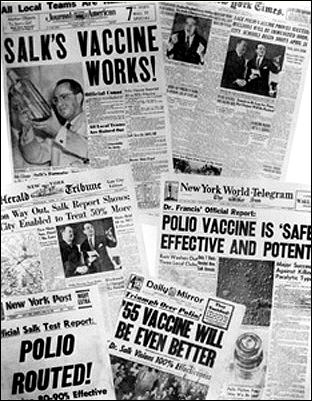 My God but the veneer of civilization is thin. Baltimore had one of its whomping good snowstorms last week – I stopped measuring at 14 inches – and the next day it had another 3 inches or so, plus sleet, and the day after it had only an inch, plus more of that sleet, and then of course the inch yesterday. Baltimore is a poor city and thinks of itself as Southern, and the combination means that neighborhood streets don’t get ploughed. The houses are generally rowhouses, so close to each other and two cars each. I’m setting the scene here: lots of snow, lots of cars, no ploughing. So classic dog-eat-dog kicked in, and a genteel and sociable neighborhood lost its civility. It was ugly out there. I personally was enraged.
My God but the veneer of civilization is thin. Baltimore had one of its whomping good snowstorms last week – I stopped measuring at 14 inches – and the next day it had another 3 inches or so, plus sleet, and the day after it had only an inch, plus more of that sleet, and then of course the inch yesterday. Baltimore is a poor city and thinks of itself as Southern, and the combination means that neighborhood streets don’t get ploughed. The houses are generally rowhouses, so close to each other and two cars each. I’m setting the scene here: lots of snow, lots of cars, no ploughing. So classic dog-eat-dog kicked in, and a genteel and sociable neighborhood lost its civility. It was ugly out there. I personally was enraged.
Most of the neighbors have a bone-deep understanding of the dangers of dog-eat-dog thinking. For the most part, we do the civilized work-around and opt for cooperation. We shovel out our own cars, then help the neighbors shovel out theirs. This maximizes the space available for parking and minimizes the chance of getting stuck in somebody else’s glacial ice, and most important, it feels good – we have parties afterward, safe and happy in our common good. Civilization triumphs.
Civilization’s fall took only a couple of guys. Continue reading


 February 10 – 14
February 10 – 14


